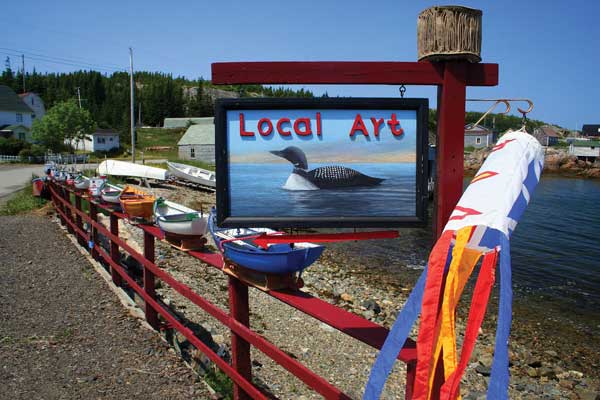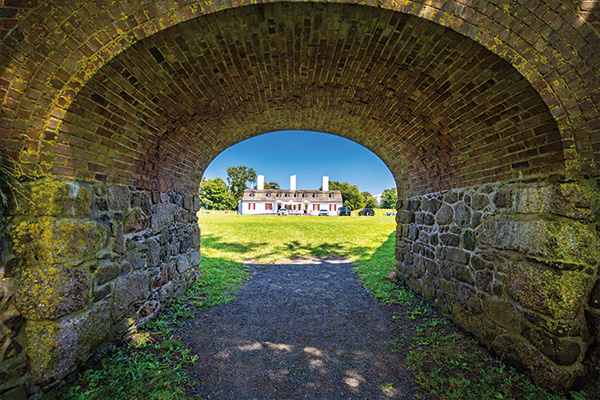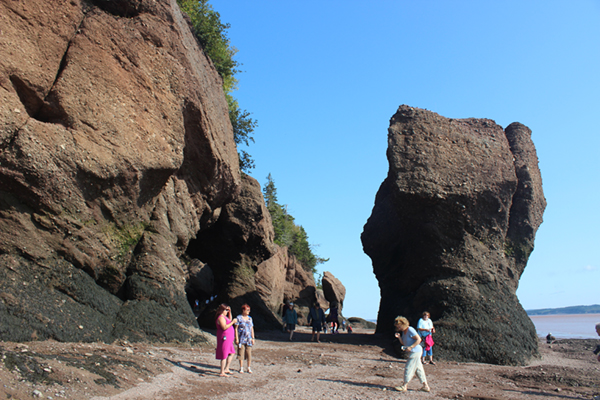After years of hearing so many good things about this little island in the Gulf of St. Lawrence, you've decided to take the plunge.
You're finally here, in the smallest and greenest of Canada's provinces-known to the world for its sandy beaches, challenging golf courses, rolling hills, and great eating places-and you want to get to know the Island.
Welcome! But what took you so long? The Island was here, although unnamed, when Jacques Cartier brushed by in 1535. On Samuel de Champlain's 1632 map, it was called Île Saint-Jean, later to be translated by the English to St. John's Island, and still later by the name that stuck, Prince Edward Island. Neither explorer could have known of the moniker already given the island by the First Nations people-Abegweit, meaning "cradled on the waves."

Here you'll find shellfish at its best. You can enjoy feasts of Island blue mussels and several varieties of cultivated oysters. Clams and quahogs are also yours for the asking or scavenging, and if you're very lucky, you may even witness an old-fashioned clambake on one of the more secluded stretches of beach.
Mussels, a food that fed the Acadian population during the months following the great Expulsion from Nova Scotia in 1755, and again when the population of that province was swelled by the sudden influx of the United Empire Loyalists, have come into their own once more. This time it is by choice rather than necessity.
Until about a quarter-century ago, the soft-shell clam remained the favourite mollusk for steaming. But with the dawning of aquaculture-the controlled farming of sea creatures-the tide of preference has taken a turn toward mussels. The blue-black bivalve has muscled the clam aside to take its place as the favourite steamed appetizer.
While each of the Atlantic provinces has its own aquaculture industry, Prince Edward Island is Canada's top producer and exporter of rope-cultivated blue mussels. Last year, more than 17 tonnes (that's 37 thousand pounds) were produced by PEI's 130 mussel growers, accounting for 80 per cent of Canada's production.
And did you know that mussels contain less fat, and more protein and nutrients than beef?
But let's not forget oysters. You may never find a pearl in Prince Edward Island's oysters, but for taste and quality they're among the best in the world. Rich in protein, minerals and vitamins, PEI oysters are harvested year round, even through ice in the winter.
Known even to the late great American bard of gastronomy, James Beard, the Malpeque oyster has been considered by many to be the ultimate choice of the several varieties indigenous to Canada.
It's the natural habitat that makes the ethereal difference. The temperature of the water, the nutrients, salinity-all have a bearing on giving the oyster its distinctive taste, as subtle as the variance may be.
But don't limit yourself to just the Malpeque. Oyster bars on PEI offer up tasting plates of several varieties, which may include Blackberry Points, Raspberry Points, and Gooseberry Bay. And, really, why not try them all?
You are, after all, finally in PEI.



